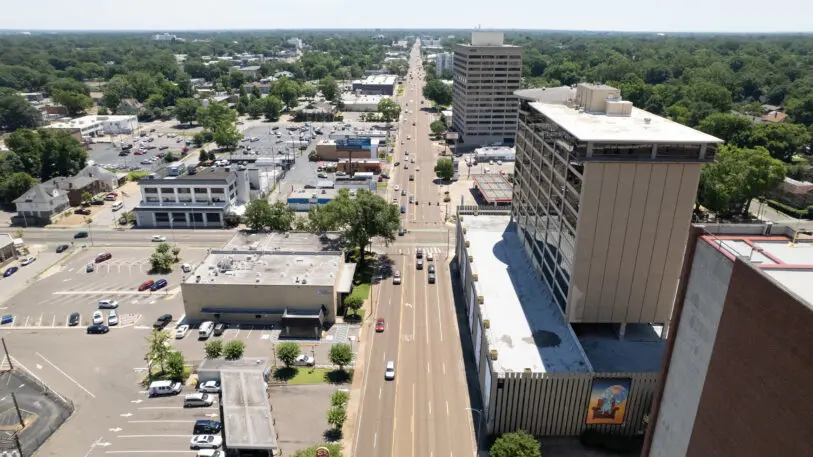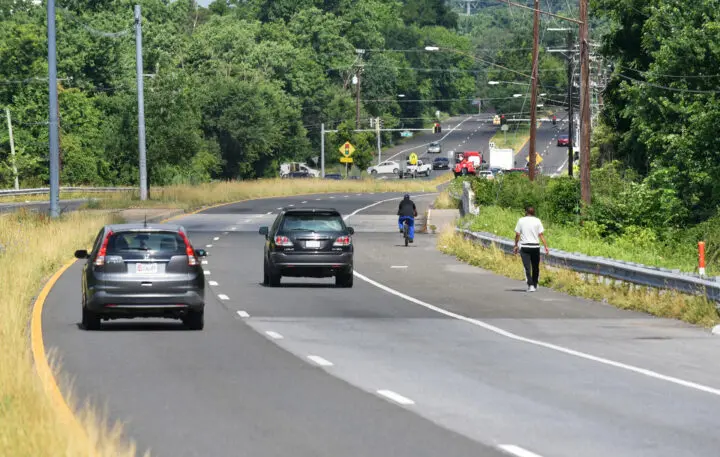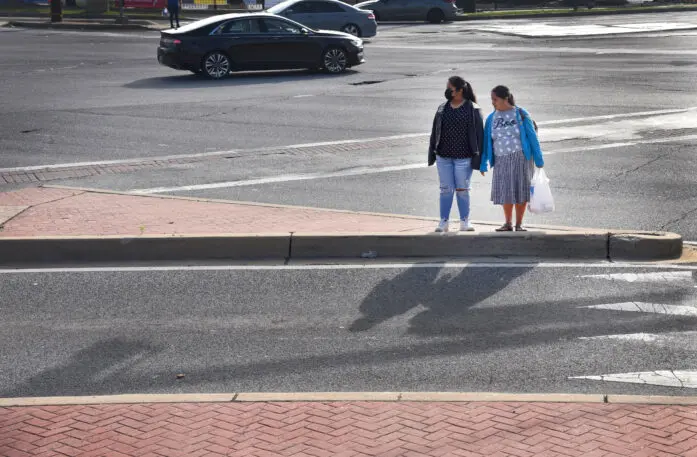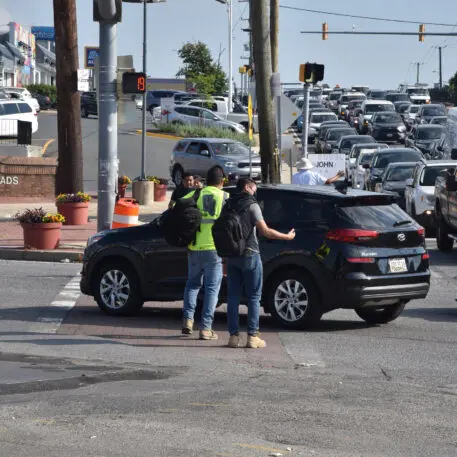The pedestrian death toll on American roads is rising. In 2020, more than 6,500 people were struck and killed while walking along roads in the U.S., up from about 6,200 the year before, and an increase of more than 2,000 compared with 2010. “Dangerous by Design,” a recent report from the advocacy group Smart Growth America, lays the bulk of the blame on the way those roads are designed.
In 2020, 60% of all pedestrian deaths occurred on what are officially known as “non-interstate arterial highways” (the four- to six-lane avenues that form the major gridlines of American cities). From subtle environmental cues that encourage unsafe driving to infrastructure that makes crossing streets treacherous, roads in the U.S. are rife with built-in danger, according to Beth Osborne, vice president of transportation at Smart Growth America.


Yet street design isn’t the only thing to blame. The report also highlights the increasing size and weight of vehicles marketed in the U.S., which have been shown to be more deadly to pedestrians than smaller vehicles.
The report also maps out where these deaths have occurred, ranking metropolitan areas across the country. Daytona Beach, Florida; Albuquerque; and Memphis had the highest average fatality rates for pedestrians between 2016 and 2020. Of the 20 metro areas with the highest fatality rates, every one is located in the South, Southeast, or Southwest. Seven are in Florida. Osborne says this is directly related to the time in which these areas grew and developed.
“The areas that are the most dangerous are the ones that did most of their building in the highway era,” she says. That led to large roads more concerned with moving vehicles efficiently than the safety of people outside those cars.

“All those things make the roadway feel a little more constrained and make the driver more comfortable driving slowly,” Osborne says. “You don’t have to tell them, they naturally do.”

“People are utilizing these guidebooks as instruction manuals rather than guides,” she says. Turning those 12-foot lanes into ones that are 9 1/2 feet, she says, is within states’ powers, and could have a huge impact on speed and safety issues.
A widespread redesign of American roads is probably not happening anytime soon, but Osborne argues it doesn’t have to. The kinds of roads that are most dangerous represent about 15% of the arterials in the U.S.
“We could have such a huge effect by touching such a small number of roadways,” she says. “Nothing lasts forever. The question is on what timeline will it change?”
Recognize your brand’s excellence by applying to this year’s Brands That Matter Awards before the early-rate deadline, May 3.
